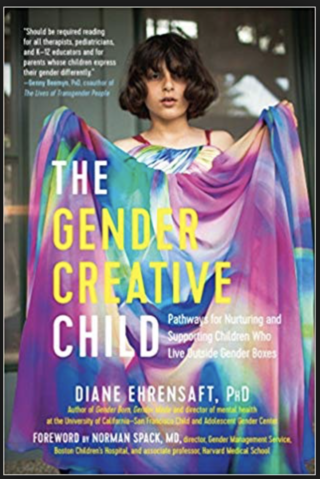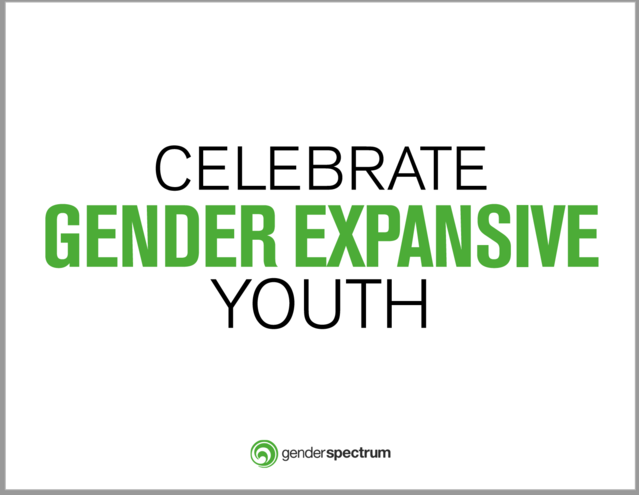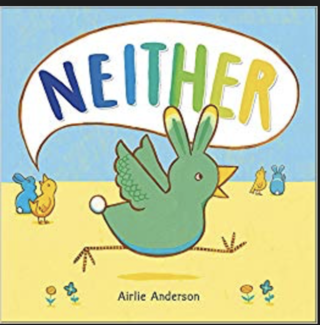Yesterday, on March 31st, was Transgender Day of Visibility. According to Trans Student Educational Resources, the Transgender Day of Visibility is a day to focus on “accomplishments of trans people around the globe while fighting cissexism and transphobia by spreading knowledge of the trans community.” The number of people who are now able to publicly identify as transgender or gender non-conforming is increasing, as people are beginning to acknowledge that gender is a complicated matrix of biology, identity, sexuality, and gender expression, all embedded within a cultural context that has long clung to the misguided concept of a gender binary of boys versus girls. Indeed, a recent 2017 Harris Poll found that 12% of millennials identify as transgender or gender non-conforming.

Despite the fact that almost 1 in 8 young people identify as transgender or gender non-conforming, it is still a marginalizing experience for young people. The peer culture can be brutal for trans youth. Research with trans teens finds that 90% have been called a derogatory name during the past year, 50% have been physically harassed, and 25% have been physically assaulted because of their gender identity (Greytak, Kosciw, Diaz, GLSEN, 2009; Mitchell et al., 2014).
At the same time, they can feel invisible in society. They are left out of school curricula and policies. For example, different programs of research, conducted in the U.S., Ireland, Australia, and New Zealand, have shown that LGBT adolescents are bothered by the lack of anti-harassment policies at their schools that offer protection on the basis of sexual orientation or gender identity (Ullman, 2015). Gender identity is rarely discussed in health class and sexual education focuses on a heteronormative, cis-gender default. Only a small minority of students were taught positive representations about LGBT people, history, or events in their schools (Kosciw et al., 2012). Furthermore, less than half of students can find information about LGBT-related issues in their school library, and only two in five with internet access at school can access LGBT-related information online via school computers (Kosciw et al., 2012; Ullman, 2015).
Trans individuals are just beginning to be seen in popular culture. Their rarity, however, puts extra pressure on the few public examples. Magazine profiles and cover stories featuring Against Me! lead singer Laura Jane Grace, Orange Is the New Black star Laverne Cox, former Olympian Caitlyn Jenner, Gigi Gorgeous, and Jazz Jennings serve as important faces for trans youth, who are eager to see themselves reflected back from their computer screens (see the article from Teen Vogue).
A new study from the William Institute at UCLA reinforces the idea the representation and information matters.
They had study participants read the following paragraph: “Gender identity refers to how a person identifies their own gender (as a man, woman, or some other label). For many people their gender identity may not match their birth sex. For example, a man may identify more as female, or a woman may identify more as male. Transgender is a general term for people whose gender identity or expression is different from their birth sex. Some transgender people may undergo gender transition with medical procedures like hormone therapy or surgery (often commonly called a ‘sex change’), but others do not seek such medical assistance. Transgender includes groups you might have heard before, including transsexual, cross-dressers, or gender queer people.” They then saw images of people who could be perceived as transgender individuals. Their findings: hearing about and seeing images of trans individuals reduced transphobia, which in turn led to increased supports of trans rights. Knowledge and representation matters.
So what can adults do to both increase the visibility of trans individuals and to help the gender non-conforming kids in our lives feel more seen and affirmed?
According to Gender Spectrum, there is a long list of things you can do today to support trans or gender non-conforming kids. These are Gender Spectrum’s suggestions…
If you are a parent:
· Understand what gender, sex, gender identity, sexual orientation, gender expression means. Check out this link for a thorough description.
· Confront your own anxieties so that you are not parenting from fear. Ask yourself why you are worried that your child is non-conforming.
· Meet other youth and adults who are transgender or non-binary.
· Meet other parents of transgender or non-binary kids.
· Tell others (while respecting the needs of your child), especially close family friends and extended family.
· Find support: parent groups like PFLAG, faith community, friends.

· Make sure your child has affirming medical providers, safe school environment, and models/mentors. Be your child’s advocate for equal rights.
· Read The Gender Creative Child by Diane Ehrensaft.
If you are a teacher or work with kids (this list also works for parents),
· Seek out and use the name and pronouns a student uses, regardless of what is written on their birth certificate.
· Invite ALL students to share the name and/or pronoun they use (especially early in the year). Students can choose he/him, she/her, they/them, ze/hir, among others.
· Put up signs that recognize and affirm gender diversity. “All Genders Welcome,” “Celebrate Gender Expansive Youth,” “Think Outside the Boxes,” “Boy, Girl, Both, Neither.”

· Post pictures depicting gender-expansive individuals or cultures in which gender is expressed differently than typically represented by traditionally binary notions. For example, “two spirited” individuals found in many First Nation communities, the Hijra of India, and Arabic men holding hands.
· Display examples of people doing things not traditionally seen for their gender, such as male nurses, childcare providers, and dancers and female soldiers, auto mechanics, and athletes.
· Don’t divide kids into boy and girl groups. This strengthens gender stereotypes and reinforces the binary. Use birthdates, dogs and cats, winter or summer, chocolate or strawberry. Avoid arranging students boy/girl/boy/girl.
· Be mindful of always reinforcing the gender binary. At least sometimes say things like “attention scientists,” “listen up Cougars,” or “folks” rather than “ladies and gentlemen” or “boys and girls.”
· Introduce language that is not all or nothing such as “sometimes, but not always,” or “more common and less common” or “more frequent and less frequent.”
· Say things like “all genders ” or “boys, girls, both or neither” or “gender-expansive.”
· Share examples of gender’s impact on you or what you’ve learned about it over the years.
· When binary statements about gender are made, interrupt them by asking questions like “is that always true?” or “can anyone think of an example that does not fit the pattern?”
· Respond to gender-based putdowns firmly, but constructively, always being careful about further marginalizing the target of the statements. Follow up privately to see if how you handled the situation was comfortable for the student involved.
In addition to Gender Spectrum, check out Welcoming Schools. They offer a long list of books for children across a range of ages that high gender diversity. A few great ones for preschoolers are:

Jacob’s New Dress
Red
I am Jazz
Introducing Teddy
Sparkle Boy
Neither
Who are you? Kids’ Guide to Gender Identity
Ultimately it is simple. Kids and teens want, and need, to be seen and affirmed. Representation and actual knowledge matters. This shouldn't be confined to one day a year.




